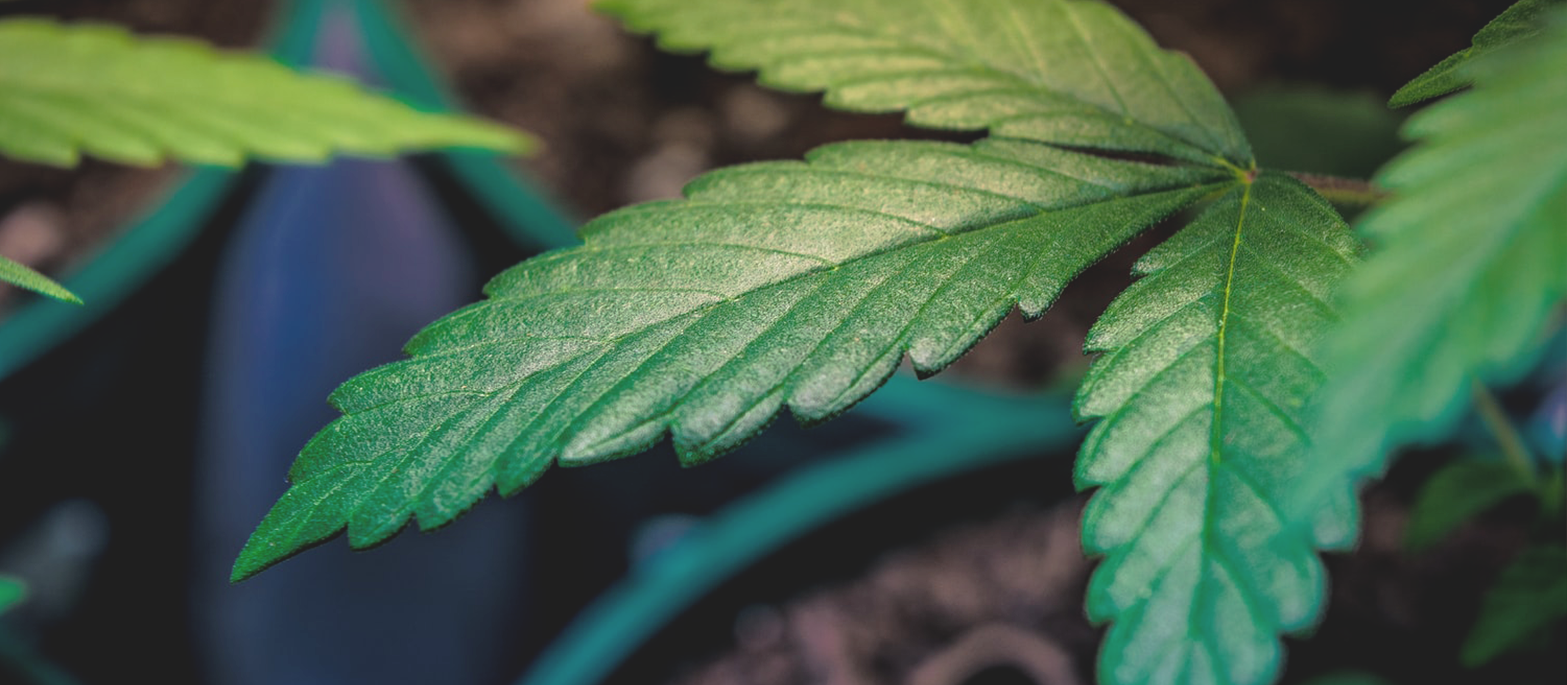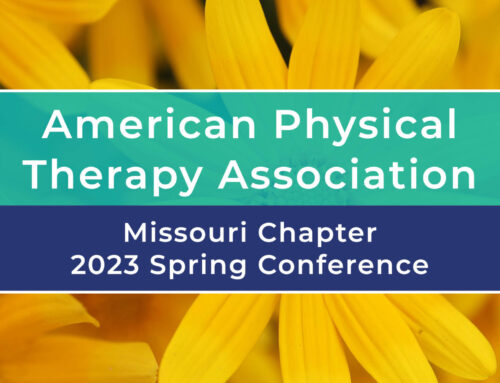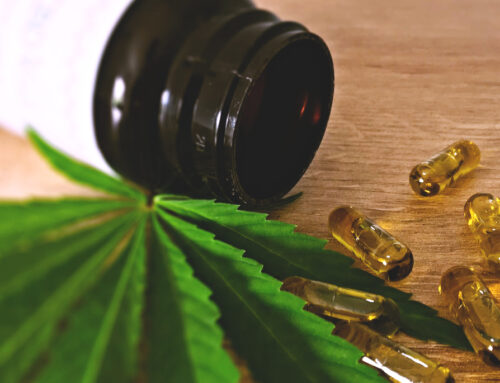Pain. Almost every one of the people who enter my office is experiencing pain of some sort. It may be post-surgical pain, musculoskeletal pain, neuropathic pain or pain from a chronic condition like fibromyalgia. My job is to try and bring the body: fascia, muscle, bone, etc., back into balance and remove any restrictions that may be contributing to pain. I also make it a goal for my clients to come off of or reduce their opioid medications. Lately, I discuss with them the benefits of using cannabis for pain management. Cannabis has been used for the management of pain for thousands of years. The question that arises is, will cannabis work to control pain without the psychotropic effects of THC? Is CBD enough?
THC contains strong anti-inflammatory and pain relief properties which may account for its success in treating pain caused by inflammation, like arthritis1. It also relaxes the nervous system, which helps with spasms in people with MS, or other conditions that cause spasms1. Without getting too science geeky, THC receptors are connected to opioid receptors in the central nervous system which is responsible for many functions including the perception of pain. That is why when using THC the effects of opioid medication are stronger, and less opioids are needed to achieve the desired effect.
CBD also has anti-inflammatory and pain relief qualities1. It has been shown to reduce the pain and joint swelling associated with rheumatoid arthritis 4. CBD does not have a high affinity for CB1 or CB2 receptors but increases the availability of the endocannabinoids that will attach to these receptors. The actual pharmacokinetic effects of CBD are not well understood, but there is anecdotal evidence that it helps with pain. Studies show that over half of patients who were on opioid medication reduced or eliminated their opioid use within 8 weeks of beginning a CBD regimen(5). Almost all patients reported an improvement in quality of life while taking CBD5.
Relief from chronic pain is the main reason people seek a medical marijuana card6. A retrospective study of patients using the ReleafApp demonstrated an average pain reduction of 3 points on a 0-10 point pain scale. This was true for products containing THC more than products with CBD alone, with higher THC potency being the best predictor of pain relief2. 90% of patients who use cannabis report improvement in symptoms of spasticity, pain, tremor, and depression4. Consumption of the whole cannabis flower is associated with higher pain relief potential2. Cannabis is most effective when cannabinoids are used together, not in isolate. That is why most pain relief came from the use of the whole flower2; a mixture of cannabinoids, not THC or CBD alone.
Cannabis can be a powerful pain relief medication, but patience and journaling are the keys to finding the best combination and dose for each individual.
References
1. Peki W. THC vs. CBD for Pain: The Differences and Interactions. National Pain Report. http://nationalpainreport.com/thc-vs-cbd-for-pain-the-differences-and-interactions-by-winston-peki-8837164.html. Published 2018. Accessed November 23, 2019.
2. Li X, Vigil JM, Stith SS, Brockelman F, Keeling K, Hall B. The effectiveness of self-directed medical cannabis treatment for pain. Complementary Therapies in Medicine. 2019;46:123-130. doi:10.1016/j.ctim.2019.07.022.
3. Weizman L, Dayan L. Cannabis analgesia in chronic neuropathic pain is associated with altered brain connectivity. neirology.org. https://n.neurology.org/content/91/14/e1285. Published 2018. Accessed November 23, 2019.
4. Teitelbaum J. A Hemp oil, CBD, and Marijuana Primer: Powerful Pain, Insomnia, and Anxiety-relieving Tools! Alternative Therapies in Health & Medicine. 2019;25:21-23. http://search.ebscohost.com.proxy-hs.researchport.umd.edu/login.aspx?direct=true&db=rzh&AN=136812008&site=eds-live. Accessed November 23, 2019.
5. Capano A, Weaver R, Burkman E. Evaluation of the effects of CBD hemp extract on opioid use and quality of life indicators in chronic pain patients: a prospective cohort study. Postgraduate Medicine. November 2019:1-6. doi:10.1080/00325481.2019.1685298.
6. 3. National Academies of Sciences a, Division H, Practice B, Agenda C. Therapeutic Effects of Cannabis and Cannabinoids. Ncbi.nlm.nih.gov. https://www.ncbi.nlm.nih.gov/books/NBK425767/. Published 2019. Accessed November 23, 2019.




